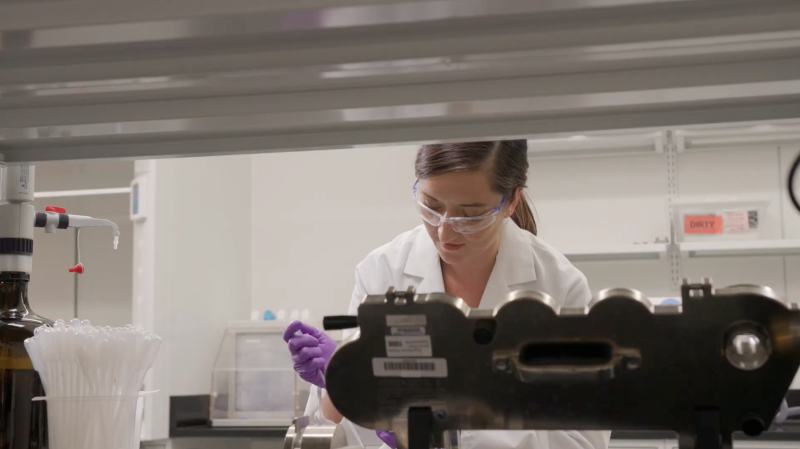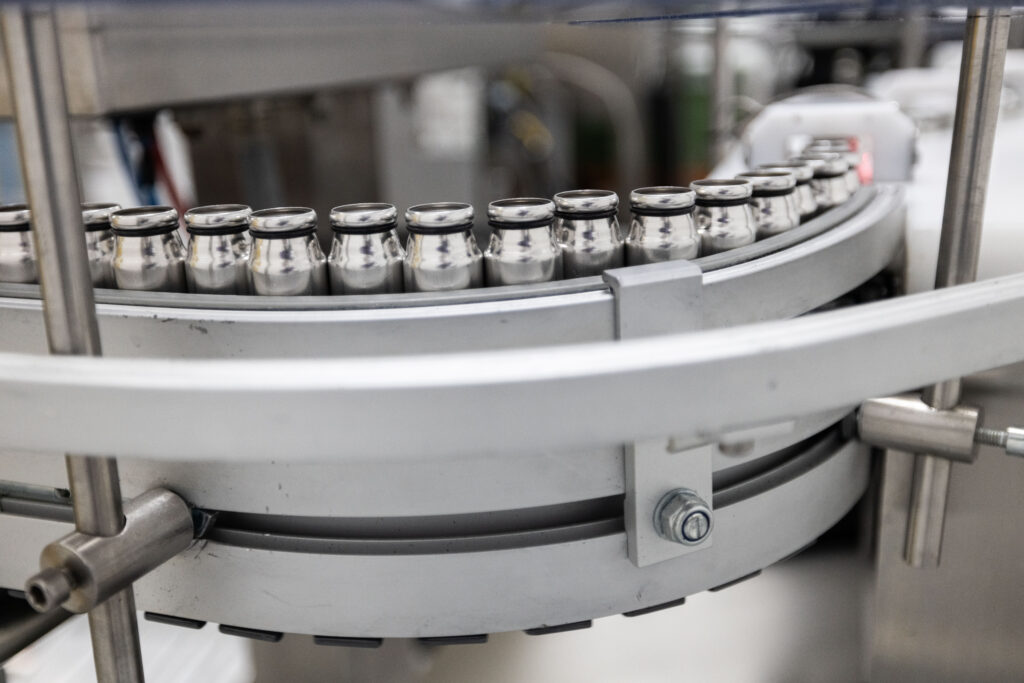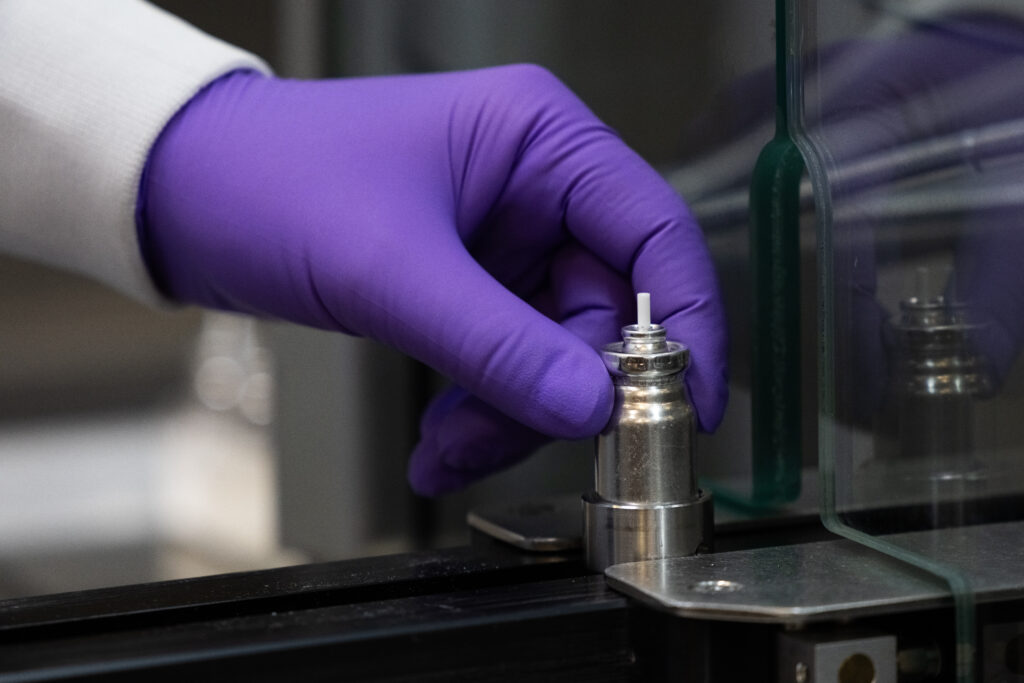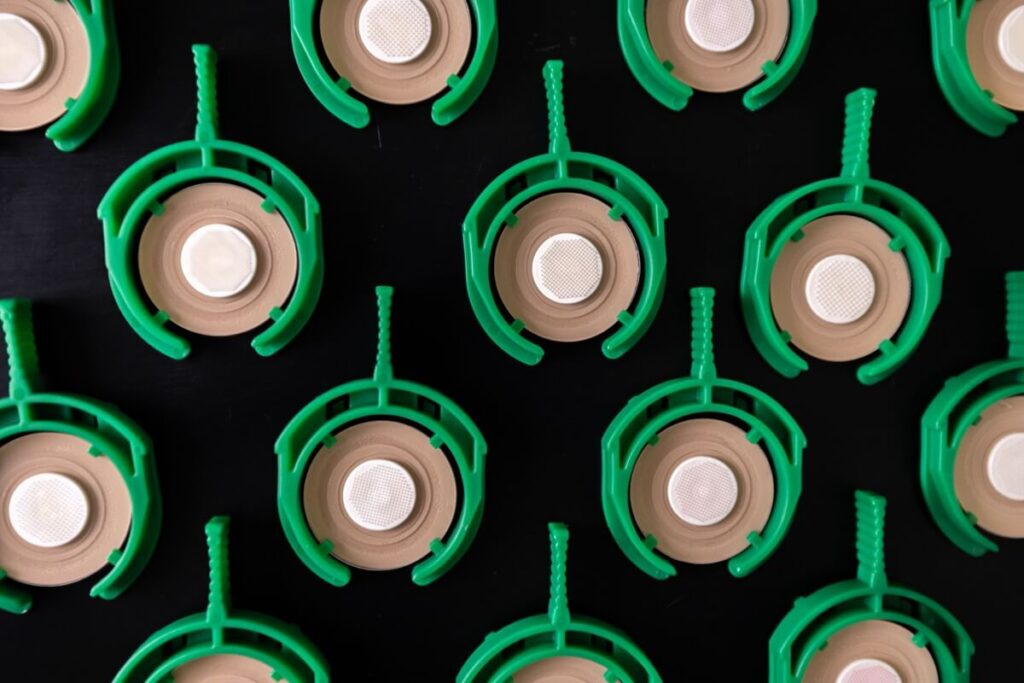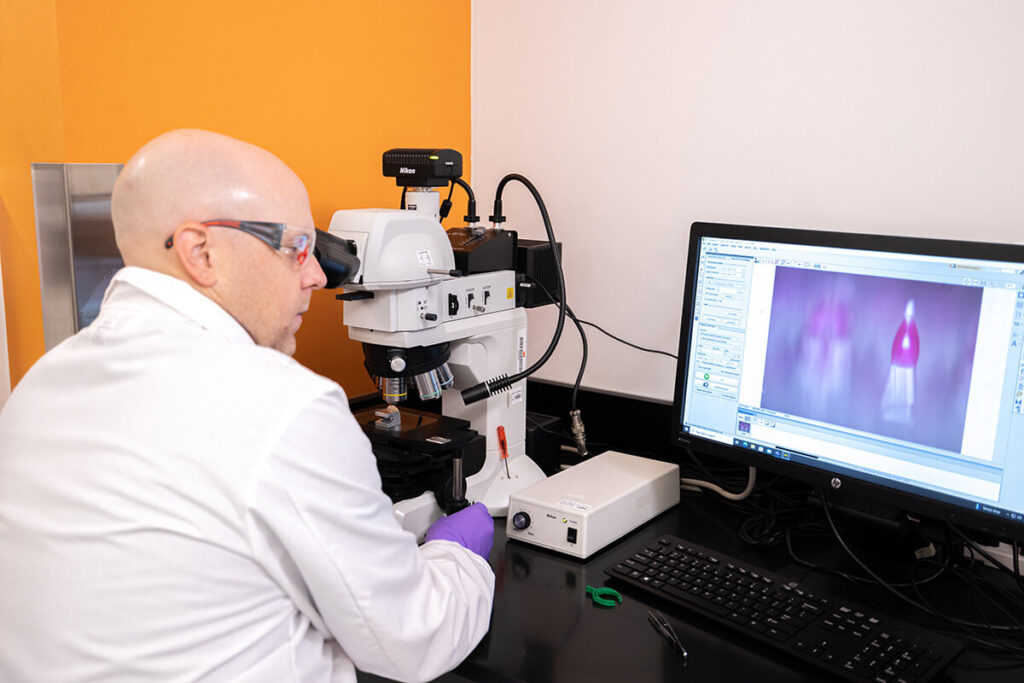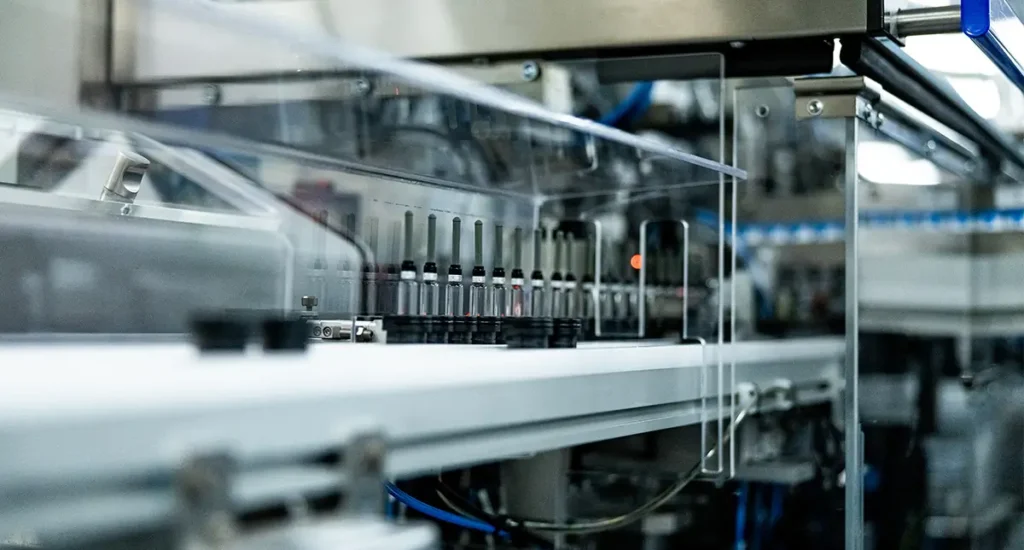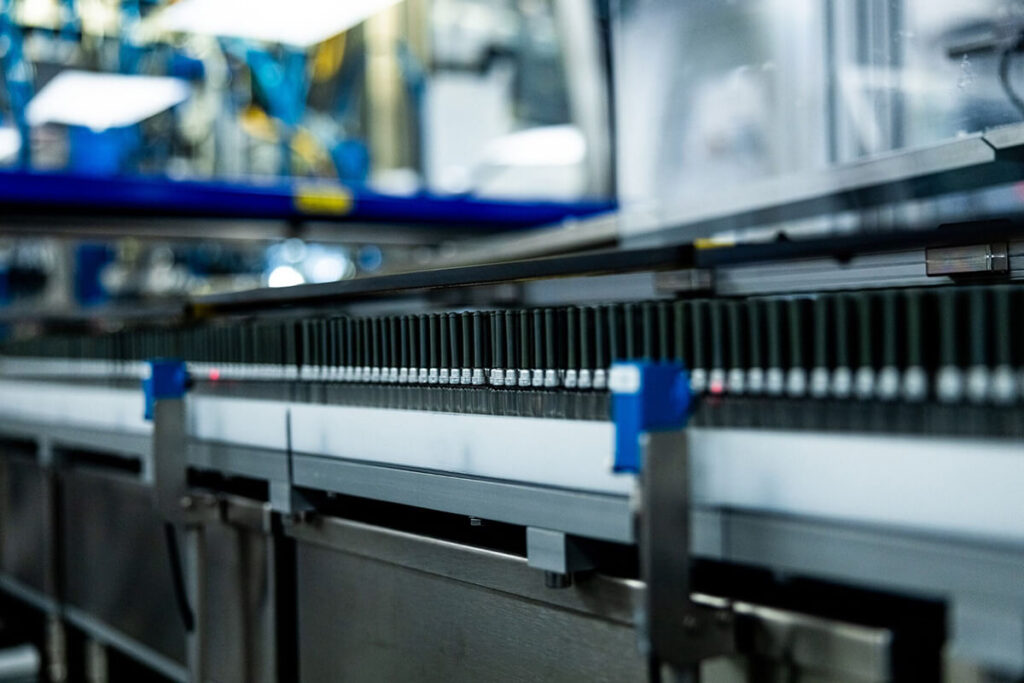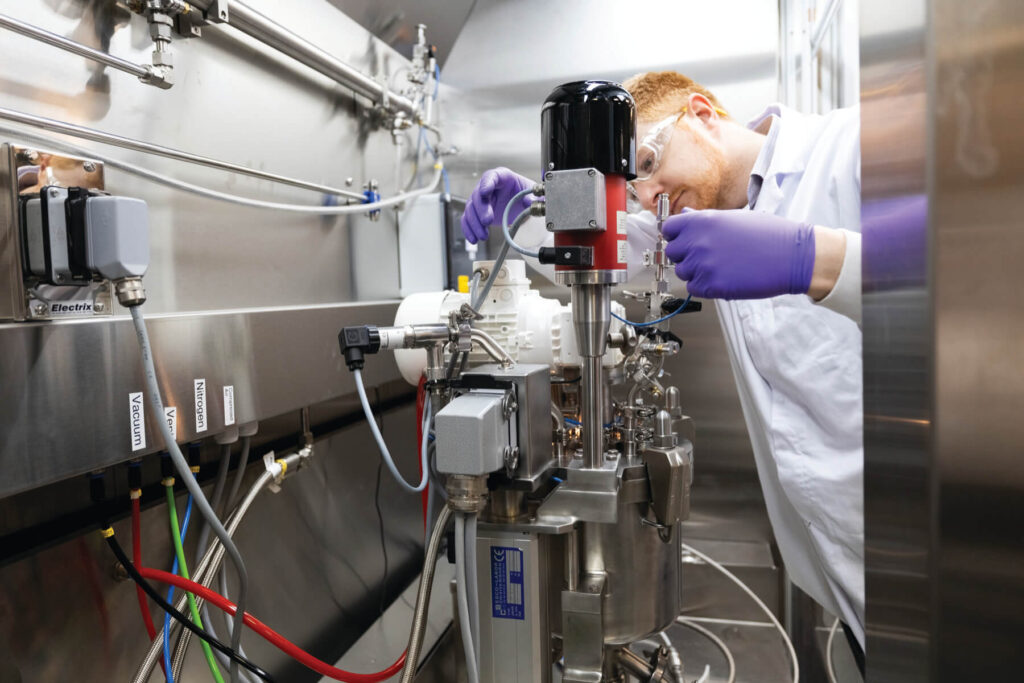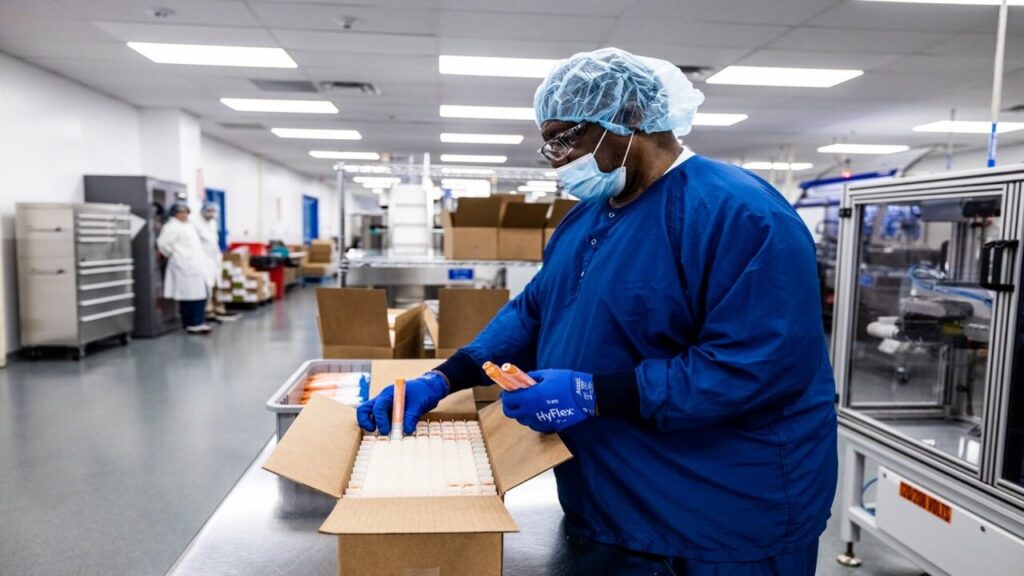
How CDMOs Can Develop a More Seamless Supply Chain
Recent pharmaceutical industry market dynamics have tested the resolve of contract development and manufacturing organizations (CDMOs) of all sizes. To maintain business vitality, several CDMOs have been forced to consider the difficult decision to stop manufacturing products that are too complex or too expensive to make — or that have a supply chain that is too disruptive.
Evaluating myriad factors and facing continual supply chain headwinds, many CDMOs are reflecting on the ability to continue manufacturing products within their portfolio and about taking on new programs. Given that many of these products can save and improve lives, stopping or not starting manufacturing is not a path anyone wants to take.
What is behind these global dynamics? Increased biologics development has led to greater demand for specialized capabilities and infrastructure. Smaller batch sizes and shorter fulfillment times have also put new stresses on the supply chain. Factor in rising costs — including labor and energy prices, increased competition, mounting regulatory requirements, and recovering from a global pandemic — and you have a climate for significant business challenges and supply chain disruptions.
How must CDMOs mitigate these headwinds to meet clients’ needs while also staying profitable? For a CDMO to provide reliable supply continuity in a rapidly changing industry, it must consider the following strategies:
- Think strategically about the supply chain: analyze what is happening now and what is ahead
- Develop a partnership approach with both clients and suppliers
- Always try to go beyond the status quo — and plan for contingencies
Over the years, CDMOs have weathered numerous storms, both predictable and unexpected. The following practices can help CDMOs navigate today’s supply chain complexities to produce the highest-quality drug-device combination products with limited disruption.
The Buffer Between Supply and Demand
Sometimes clients demand more than what a CDMO can supply. Organizations that then scramble to procure supply they do not have will inevitably add unnecessary delays and expense to a valuable project — and add needless stress to their organizations.
CDMOs must plan ahead to ensure they have the capacity to deliver. A buffer of safety stock and supply will allow a CDMO to help its clients absorb marketplace disruptions for key inputs. Doing so ensures they can also meet large-scale demands when called upon, as well as accommodate clients when supply comes in higher than what was forecasted. However, CDMOs need to be selective in choosing what inputs should be held in safety stock (e.g., shelf life, most vulnerable to disruption, longest lead times, single sourced items, inputs with regulatory challenges, etc.), as large safety stock inventories across broad swaths of the supply chain are obviously not sustainable and can be a drain on profitability.
Why does supply outpace forecasts? Because clients may work off an 18-month forecast for API, raw materials, and components. Typically, that forecast is binding for the CDMO for only a five- to six-month time frame, sometimes less. Over the course of 18 months, things change.
Strong and frequent communication between key account managers and clients helps CDMOs meet client expectations more effectively and avoid unpleasant surprises. Regular conversations not only enable CDMOs to better forecast and manage supply, they also open the door to wider conversations about pipelines and programs.
Taking their own steps to smooth out the supply chain, downstream suppliers have become more strategic in how they serve their clients. In the past, some drug and device companies managed valve, inhaler, and other component suppliers at a distance. Today, more of them are developing relationships with pharma/biopharma and planning far ahead, where strategic CDMOs can take the learnings from customer conversations and flow those down to key supplier decisions.
Front-End Planning for Scale-Up Manufacturing
Seamless scale-up is essential for patient safety, compliance, and ultimate commercial success. Supply chain issues — not to mention discrepancies in quality and consistency — can significantly disrupt important project milestones.
CDMOs that take time on the front end to diligently plan development programs and technology transfers will likely experience fewer issues downstream. Advanced risk mitigation strategies enable CDMOs to anticipate supply chain points of failure and other issues before they move forward.
A proactive approach to manufacturing and managing suppliers also helps ensure seamless scale-up. CDMOs that use single-source suppliers may want to find secondary sources to fill in gaps for critical or potentially disruptive inputs. These types of backup plans can pay dividends throughout the life of a project and can be set up more easily on the front end.
Pharma/biopharma companies can further avoid bottlenecks by partnering with one full-service CDMO from development to scale-up and beyond. Whether planned or unplanned, switching CDMOs midstream creates problems due to lost knowledge, lost time, and wasted resources.
A CDMO that provides all development and manufacturing capabilities under one literal or figurative roof offers greater potential for a seamless project from start to finish. When all sites and capabilities operate under the same quality standards, a full-service CDMO can pass projects between sites or departments without knowledge loss. A single project manager with a dedicated development and commercialization team adds further consistency and efficiency.
Experience enhances a CDMO’s ability to anticipate and plan for potential supply disruptions. When your product team has decades of collective experience continually honed and improved over numerous projects while solving complex development, manufacturing, and regulatory issues for the world’s leading pharma companies, rest assured that team is well equipped to meet the challenges before them.
Combine such experience with CDMOs that manufacture multiple product platforms and you further amplify a diverse knowledge base that is hard to find. That diversity of expertise enables technical, development, and manufacturing teams to manage current issues and anticipated new ones efficiently, thus further de-risking your project.
Long-Term Forecasting for Commercial Manufacturing
Commercial manufacturing entails managing a supply chain that includes API, component sourcing, and packaging. It also involves relentless focus on compliance, quality control, process, and pricing. Balancing these responsibilities while producing regulated products requires more than a transactional approach; it requires a strategy that integrates time-tested business development principles.
Long-term forecasting is paramount for seamless commercial manufacturing. What are the top challenges facing our industry today? Over the next 5 to 10 years? What can we apply across our portfolio to mitigate these risks while maximizing opportunities?
This approach served Kindeva well when it came to supplying the propellant used in pressurized metered-dose inhalers (pMDIs ). Today’s MDIs use hydrofluorocarbon (HFC) propellant which causes greenhouse gas emissions. To broadly lessen the environmental impact of HFCs, the Environmental Protection Agency, primarily addressing large scale industrial and commercial uses, but also impacting MDI products, wants to reduce HFC use by 85% below the current level by 2036. The effort started last year with a 10% HFC reduction.
As a result of this change, many HFC prices have skyrocketed — and they are expected to continue to climb as industrial sources, which serve as the input for further refined propellants used in MDIs, and overall supply are constricted. To support our clients as we help them work through the complex transition to more environmentally friendly propellants, Kindeva has partnered with suppliers and customers to procure propellant stockpiles of existing propellants. These stockpiles should help stabilize the end product price for MDIs and ensure continuity of supply to patients while Kindeva and our customers continue to advance development programs to transition MDIs to new alternative propellants.
Forecasting also helps mitigate packaging issues. Packaging can ebb and flow. Without proper planning, CDMOs can end up over or under supplied. Leveraging third-party packing firms can help ensure proper supply during surge periods without incurring unnecessary costs. With these relationships in place, CDMOs can quickly scale-up to accommodate surplus demand, and then ramp down when either demand recedes, or when capacity opens up in another facility.
API and componentry demands, however, are typically less erratic. It may not make good business or scientific sense to switch API suppliers due to regulatory and technical complications, but secondary sources of API can be invaluable and help improve supply redundancy.
The most effective strategy is to secure API and componentry sources early in the manufacturing process. It is imperative to solidify those relationships and manage them via frequent audits and strategic discussions. Suppliers that adhere to a CDMO’s compliance and process standards may very well benefit from repeat business.
Due Diligence for Global Regulatory Compliance
It is a constant challenge to keep up with evolving regulatory requirements, but it remains a necessary part of continuing to move valuable products forward. Failure to do so can lead to drug shortages, not to mention regulatory warning letters, GMP non-compliance reports, and worse — including damage to reputation and future cascading impediments with customers and regulators.
CDMOs must develop robust relationships with key suppliers that follow cGMP standards as well as standards set by the pharma/biopharma companies they serve. New suppliers must go through a thorough due diligence process from quality management and sourcing. When you are producing products that support human health, there is no other way.
Thorough vetting and supplier management helps mitigate supply disruptions. Close supplier management leads to stronger relationships — and ultimately a stronger supply chain and enhanced confidence in robust product supply for customers and patients.
Parting Words
Under challenging circumstances, CDMOs must rise to become more strategic in their approach to supply chain management and overall customer service. They must look ahead to anticipate demands and distributions and develop strategies to meet them.
By implementing forecasting, developing strong partnerships, and maintaining relentless cGMP standards, CDMOs can more deftly navigate increasingly complex pharma/biopharma supply chains.
As a CDMO with diversified offerings and extensive experience honed over years of problem solving and success, Kindeva manages supply chain challenges from multiple vantage points. A disruption identified early in one area may affect others later — we have seen it. That is why we take proactive steps to try and prevent further disruptions, rising to meet our mission of manufacturing more tomorrows for the patients that we serve.
Visit Kindeva to see how our integrated facilities and 100+ years of experience can bring your therapy into the world.
Related resources
Explore our other resources to discover valuable insights on the latest trends in drug delivery.
Mastering USP and : Kindeva Drug Delivery Simplifies Your Path to Compliance
Understanding the evolution of USP <661.1> and <661.2> It’s hard to believe that United States Pharmacopeia (USP) General Chapters <661.1> Plastic Materials of Construction and <661.2> Plastic Packaging Systems for Pharmaceutical Use have been in existence for well over ten years now. These chapters were first published in Pharmacopeial Forum PF 39(5) for public comment […]
Learn MoreThe impact of inlet design on HFA-152a pMDI drug delivery
When assessing aerodynamic particle size distribution (APSD) using the Next Generation Impactor (NGI), throat model selection can significantly influence drug deposition outcomes. Accurate deposition data is essential for optimising pMDI design and ensuring consistent, effective drug delivery to patients. Recent research by our pulmonary/pMDI experts—Aaron Taylor, Chad Haraldson, and Stephen Stein at Kindeva—explores how United […]
Learn MoreEvaluating extractables in low-GWP pMDI formulations
As the pharmaceutical industry advances toward low global warming potential (GWP) propellants like HFA152a and HFO1234ze(E), understanding material compatibility becomes critical, especially when it comes to leachables from common device components. In a recent evaluation, a group of pulmonary experts at Kindeva assessed the extractable levels associated with various polybutylene terephthalate (PBT) suppliers in pressurized […]
Learn MoreThe three key trends that will most impact drug development in 2025
The speed of change in the drug development and manufacturing sector requires its stakeholders to be proactive in understanding and addressing key trends and directions the industry is taking. As a global market of considerable size and significance, the value of which is anticipated to grow from $589.06 billion in 2024 to $632.71 billion in […]
Learn MoreMicroneedle array patch characterization recording
Microneedle array patches (MAPs) have the potential to transform delivery of medications and vaccines. While this innovative drug delivery format could result in improved efficiency across a wide range of therapeutics, it also brings critical challenges. To successfully move from concept to commercialization, MAP manufacturers must consider scalability, regulatory compliance, and other complexities. In this […]
Learn MoreMicroneedle array patch characterization presentation
Microneedle array patches (MAPs) are a transformative innovation in drug delivery, with the potential to redefine how medications and vaccines reach patients. MAPs promise a simpler, more effective way to deliver a wide range of therapeutics, but their journey from concept to commercialization is filled with critical challenges. From scaling manufacturing to ensuring regulatory compliance, […]
Learn MoreAddressing top tech transfer challenges
Technology transfer represents a critical bridge between development and commercial manufacturing. This complex process — moving product and process knowledge between development and manufacturing teams or between different manufacturing sites — demands precision at every stage. The implications of technology transfer extend beyond knowledge sharing. Each decision during this process directly impacts manufacturing efficiency, regulatory […]
Learn MoreTech transfer commercial manufacturing mindset
Technology transfer (tech transfer) moves product and process knowledge between teams or partners and acts as a crucial bridge between ideation and commercialization. Especially for complex products like sterile injectables, a smooth tech transfer process is essential. In this white paper, discover valuable strategies to embrace a commercial manufacturing mindset from day one. Download your […]
Learn MoreHFA152a green propellant capabilities
With evolving regulations and a growing push for sustainability, switching pressurized metered-dose inhalers (pMDIs) to green propellants is becoming increasingly essential. One of the most promising low global warming potential (GWP) options is HFA152a. In this white paper, we share insights on transitioning to HFA152a. Download your copy to discover: An overview of sustainability regulations […]
Learn MoreLet’s transform tomorrow together
Every patient deserves a brighter tomorrow. As your strategic partner, we are dedicated to building your lasting legacy and helping you fast-track healthier tomorrows. You dream it, we deliver it.
